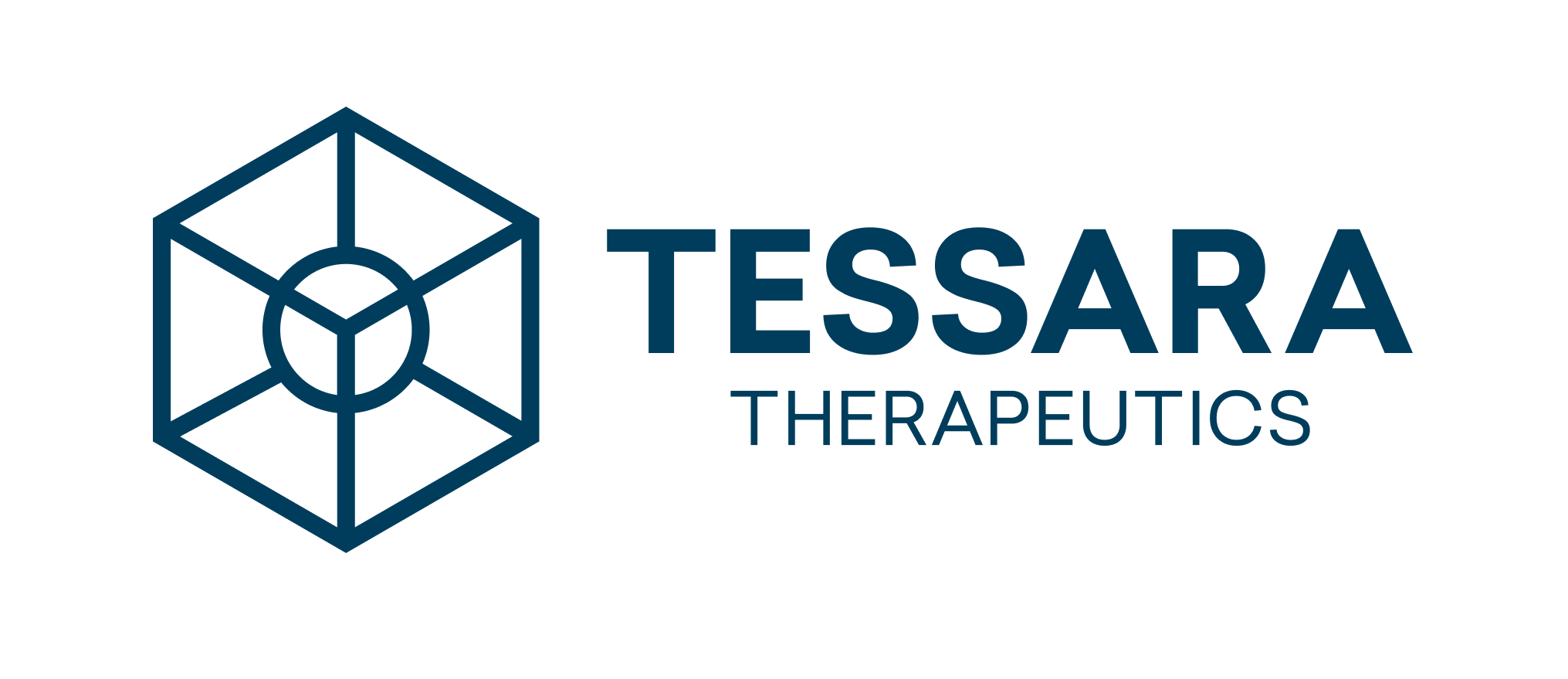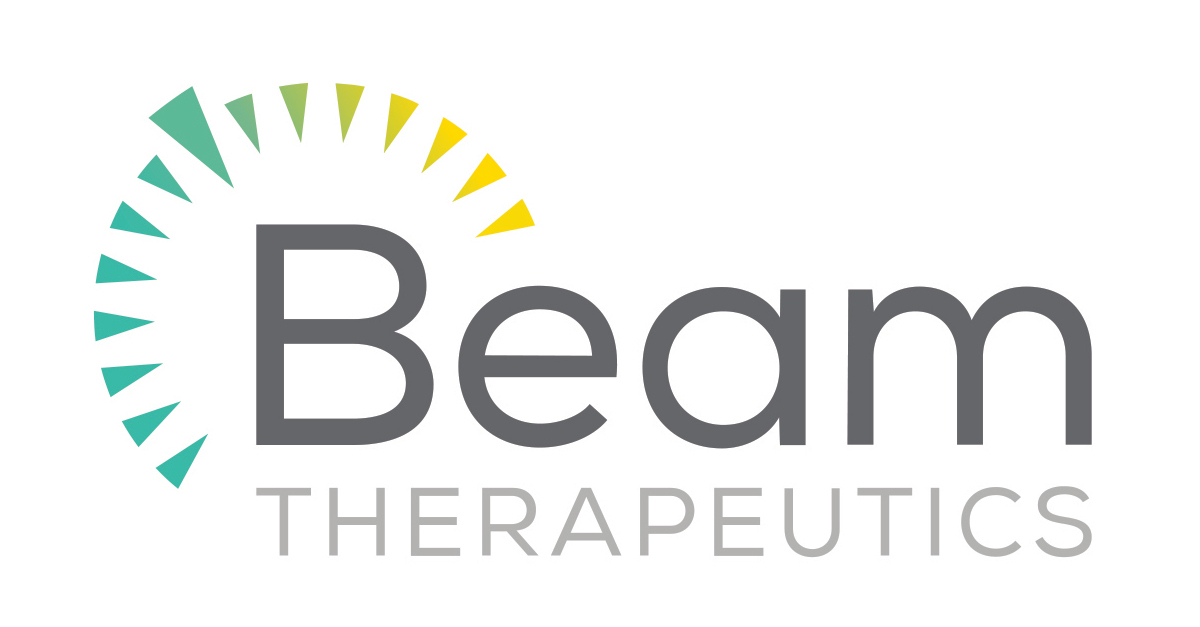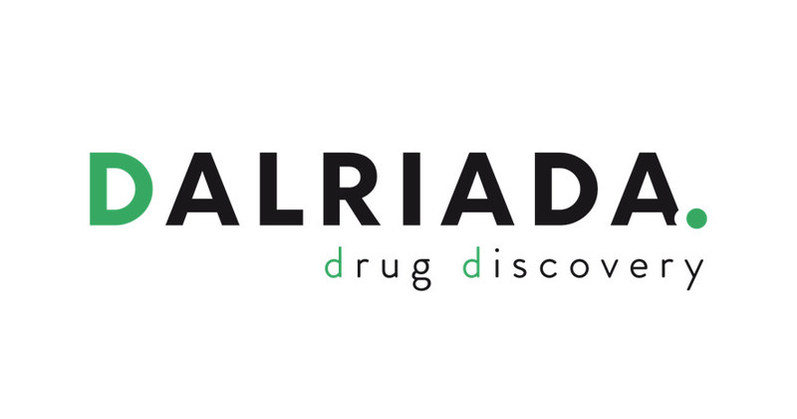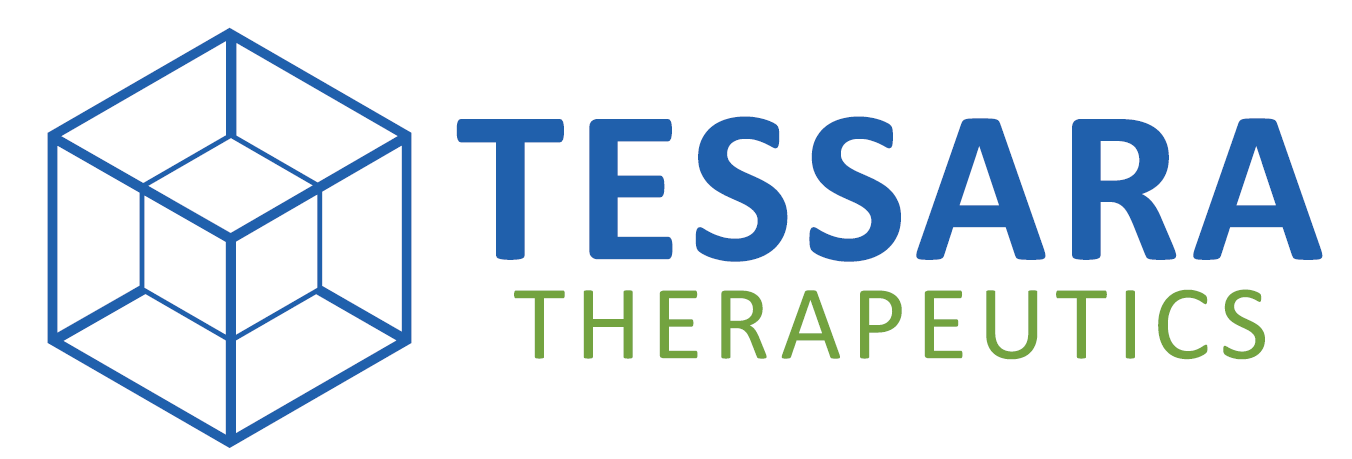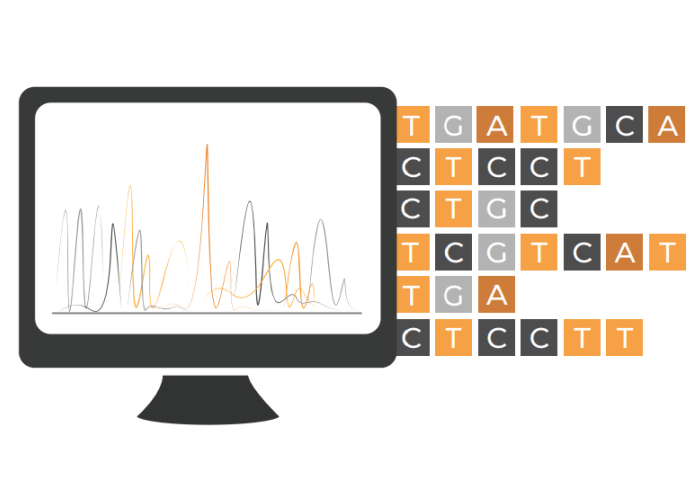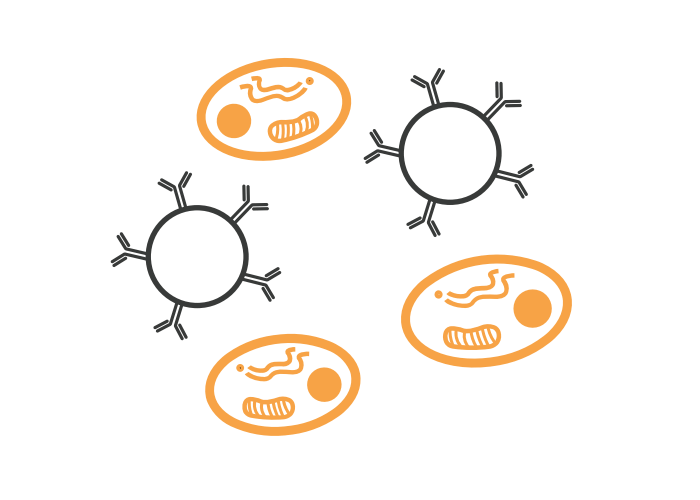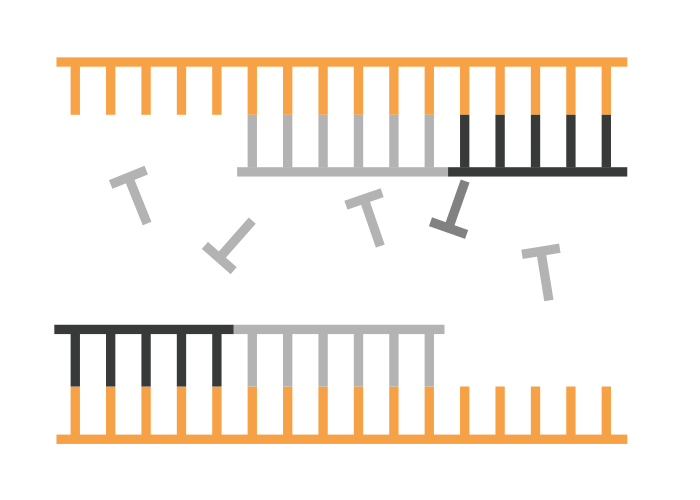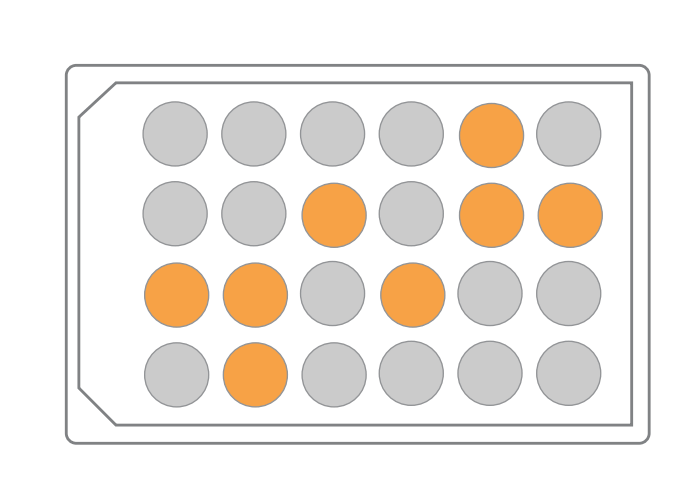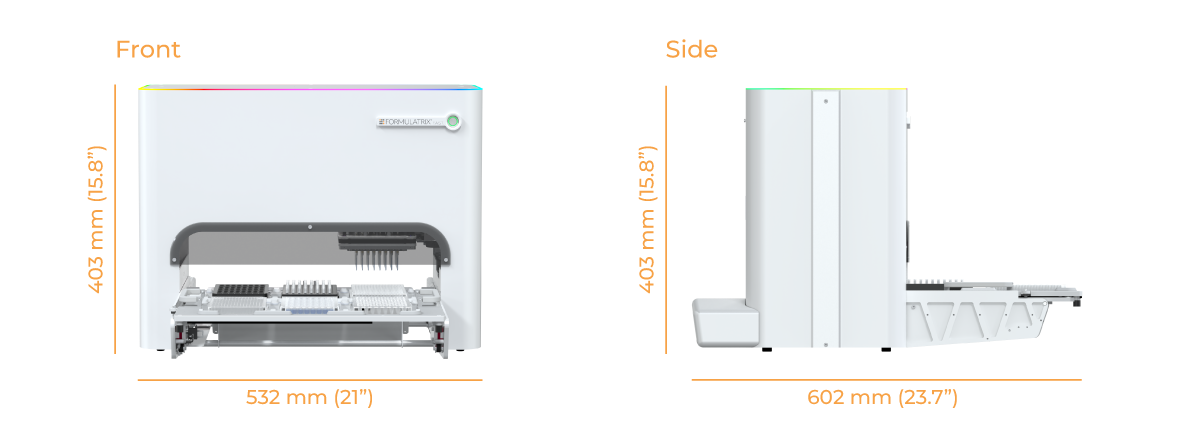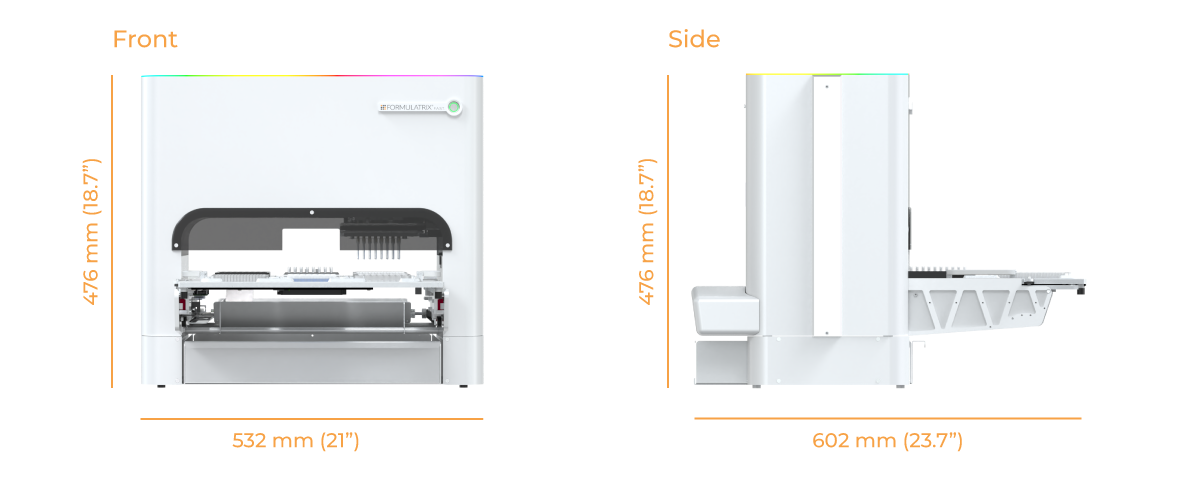Volume Range
Min: 0.1 µL
Max: 50 µL
Technology
Positive
Displacement
Precision
CV 5%
@ 0.1 µL
Save Time on
Low Volume Transfers
Aspirate and dispense any viscosity liquid with high precision (CV 5% @ 0.1 μL).
Flexible to Fit Your Workflow
and Budget
Choose how many tips to use; Compatible with any SBS-format microplate.
Go from Zero to Running Experiments in Minutes
No need for any programming or understanding difficult coding languages.
Precise Nanoliter Sample Transfers
The F.A.S.T. (Flow Axial Seal Tip) is a reliable and easy-to-use liquid transfer system designed to move any viscosity of liquid quickly with its one of a kind positive displacement, 96-channel head. With its high accuracy, precision, and reliability for low volume sample transfers, the F.A.S.T. system saves researchers time and reduces reagent costs.
- DNA and RNA Extraction
- DNA, RNA, and Protein Purification
- PCR Setup and Cleanup
- Next Gen. Sequencing (NGS) Library Prep
- Serial Dilutions
- Cell-based Assays
- Antibody Assays
- Enzymatic Assays
- Compound Management (Picklists from .csv files)
- Proteomics
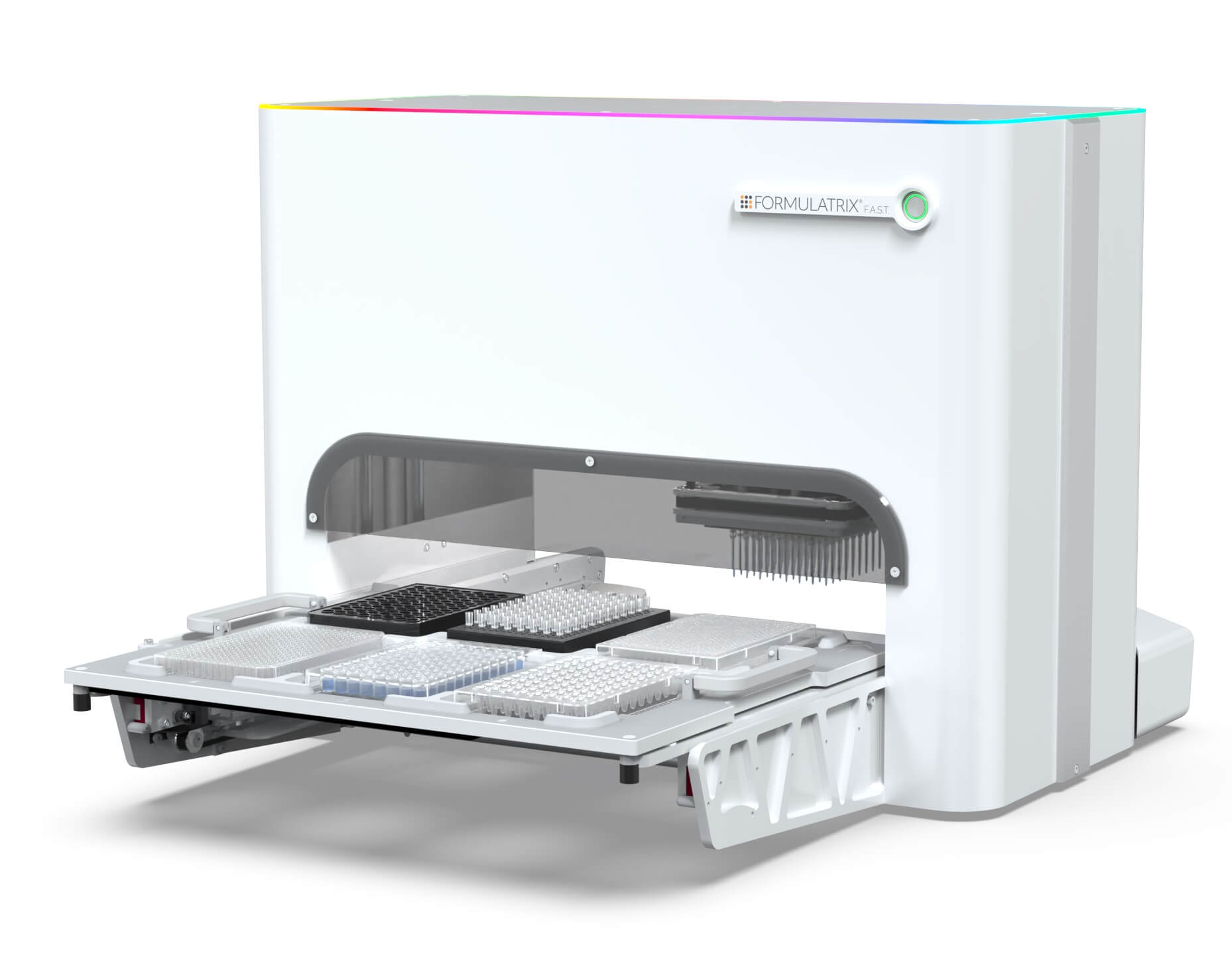
Benefits
Fast: Save time on your liquid transfers with the unique 96-tip head that can pick up both LV (13 µL) and HV (50 µL) tips.
Flexible: Save on consumables by using your choice of 1, 8, 12, or 96 tips to transfer reagents between 96- and 384-well plates. Minimize interruptions for tip box replacement by getting optional storage for tip disposal.
Versatile: Perform cherry-picking, serial dilutions, and plate copies (broadcast, mother-daughter transfers) with ease.
Liquid Class Agnostic: Forget having to program liquid classes ever again; the positive displacement tips mitigate the effects of viscosity on accuracy.
Compact: Save on lab space as the system’s small footprint allows for desktop use yet is open for integration with complementary automation.
No Cross-Contamination: The positive displacement disposable tips ensure the integrity of your samples without any risk of cross-contamination.
Smart: Conduct your transfers with confidence as the system features multiple state-of-the-art failsafes including tip position sensors, automatic tip arrangement, and ultra-sensitive collision detection.
Automation-Friendly: F.A.S.T.'s software offers an open API for seamless integration, showcasing how effortlessly integratable it is.
Biosafety Cabinet Compatible: With its compact dimensions (532 mm x 403 mm x 596 mm), the F.A.S.T. can be used in various biosafety cabinets to accommodate workflows that require this level of safety.
"We tested multiple liquid handlers, and the F.A.S.T. has been the only instrument able to deliver rapid, sub-uL liquid transfers and mixing with high precision and no cross-contamination. The software interface is intuitive, and we were easily able to program all our protocols. With an expert and highly responsive support team, we feel that all aspects of the platform are best-in-class."
Best in Class Performance without the Risk of Contamination
With positive displacement pipette tips, the precision of the F.A.S.T. is not affected by the types of liquid samples that are being transferred. Without the need to account for each liquid class, less time is needed to set up your experiment, while greater accuracy and precision are achieved. The disposable tips ensure the integrity of your samples while preventing any cross-contamination.
Our F.A.S.T. Clients Include
“With its intuitive and simple software, we transferred dozens of manual processes to the F.A.S.T. on the first day. The F.A.S.T. has become a staple for our lab due to its speed and low-volume accuracy. I can’t imagine our workflows without this instrument!”
Meet the
F.A.S.T. - Liquid Handler
Save on Reagents with Reaction Miniaturization
The F.A.S.T., similar to MANTIS® Liquid Dispenser and TEMPEST® Liquid Dispenser, is a tool designed for low-volume sample and reagent transfer at high accuracy which is crucial when setting up minimized assay reactions.
- Conserve your samples and costly reagents
- Increase assay sensitivity
- Increase throughput
- Reduce the cost per sample
“The F.A.S.T. Liquid Handler is a great device for plate transfer and plate reformatting. We use the F.A.S.T. in our NGS workflow. It ticks a lot of boxes: First and foremost, its liquid handling at low volumes is excellent. Without much tweaking, high accuracy and precision can be obtained for microliter transfers. Second, the F.A.S.T. software and its user interface have a great look and feel: the device is operated from the browser and follows modern computing architecture paradigms, and is easy to use even for our non-expert users. Third, the device is packed with intelligent featured: tip positions are automatically scanned using computer vision, and teaching new plates is a quick and efficient process. I highly recommend the F.A.S.T. for those interested in bulk plate transfer and reformatting. “
Common Applications
Automate all your NGS workflows, even at low volumes, including library normalization, PCR cleanup, pooling, fragmentation, end repair ligation, adapter ligation, and indexing.
Transfer delicate cells, organoids, spheroids, and beads without harming the homogeneity of suspensions for high-throughput assays and single-cell workflows for genome, exome, transcriptome, and proteome analysis.
Automate PCR workflows at miniaturized volumes. Streamline ther pre-PCR steps of serial dilutions, transferring samples, master mix, and primers, as well as post-PCR cleanup with magnetic beads.
Sterile and contamination-free transfer of cells, enzymes, and viscous and volatile compounds for high-throughput assays using built-in serial dilutions and picklist features for compound management.

Nucleic Acid Workflows
Speed up your nucleic acid extraction, recombination, and synthesis while avoiding cross-contamination and ensuring precision for high throughput screens.
Proteomics
Automate critical steps of proteomics workflows in proximity extension assays—such as Olink—allowing researchers to streamline processes, improve reproducibility, and accelerate discoveries.
“The FAST allows Olink customers and lab personnel to prepare multiple runs simultaneously, boosting throughput without increasing FTE hours. It ensures fast and consistent sub-microliter performance across runs, preventing any potential user-to-user variability or fatigue in long-term studies. The pipetting range of 0.1 uL to 13 uL also allows our users to automate both our Olink Explore and Olink Target products lines, which enables our customers to run large biomarker screening all the way down to much more targeted assays.“
Set up IFCs with Ease
Integrated fluidic circuits (IFCs) from Standard bio tools, such as the ones used in Olink proteomics kits, enable the automation of nanoliter-volume molecular biology applications. This technology facilitates high-complexity analysis for applications that require sensitivity and a broad dynamic range, such as genotyping, gene expression, sample identification, copy number variation, and NGS library preparation. However, sample and assay buffer loading in IFC plates using conventional liquid handlers is challenging due to the complex format of these plates. Hence, small volumes must be pipetted manually, making the process laborious, compromising reproducibility, and leading to health issues such as chronic fatigue in lab personnel. Additionally, manual pipetting can result in primer contamination, incorrect loading into IFCs, and the loss of costly reagents and valuable time due to reruns caused by these errors.
The F.A.S.T. liquid handler offers a solution to these challenges. Its software fully supports the IFC's unique plate format for various sample/assay combinations and automates pipetting operations with high accuracy and precision. The F.A.S.T. not only reduces the risk of cross-contamination and incorrect loading but also enables lab personnel to prepare multiple runs simultaneously, increasing throughput. This allows lab staff to utilize the saved hands-on time for other important projects. The F.A.S.T. performs the same way every run, ensuring reliable results across multi-year studies and among multiple researchers, eliminating concerns about user-to-user variation.
Note: In this video, 1 μL of volume was retained in the tips to demonstrate a high accuracy and high precision dispense. Users have the option of dispensing the full amount aspirated to reduce any dead volume.
"We enthusiastically welcomed the announcement of the release of the F.A.S.T. in 2022. The instrument clearly had the potential of advancing our laboratory workflows. The innovative tip design ensures that various liquid types behave similarly, enhancing the efficiency of our processes. One standout feature is the remarkable flexibility of channel usage, allowing us to tailor methods to specific scenarios, be it columns, single wells, rows, and more, ensuring a future-proof element to the platform. The compact footprint and adaptability of the instrument seamlessly integrated into our established lab, effectively augmenting our production capabilities for Olink Explore projects. We are delighted with the enhanced efficiency and expanded possibilities this technology has brought to our research endeavours."
University of Oxford
Paolo Piazza
Head of Technology Platforms at the University of Oxford
Never Have to Arrange Tips Again
The F.A.S.T. liquid handler is equipped with computer vision, allowing it to scan the tip caddy to determine the number and location of tips. Before beginning any workflow, the F.A.S.T. can automatically rearrange the tips according to the protocol's specifications. This eliminates the need to rearrange the tips manually and reduces the risk of contamination. It also enables you to maximize the use of your tips while keeping your shelf free of stray tip racks.
Control Your Experiment Setup with Removable Decks
Interchangeable decks allow researchers to set up their tips, plates, and reagents prior to working on the instrument. The customizable decks reduce the time needed for experiment setup and reduce the chances of sample misplacement. Each removable deck is barcoded so the system knows what item (sample, labware, tips, etc.) is located at each of the positions. The system automatically calibrates itself, enabling users to swap decks quickly and seamlessly, ensuring a hassle-free experience.
Easy to Use Software for Any Level of User
The software was designed for any user to walk up to the system and begin running experiments. This is truly automation for everyone in the lab:
- Go from zero to running experiments in minutes
- Very shallow learning curve for new users
- No need for programming, writing, or understanding difficult software coding languages
- Import .csv files for fast experiment design
“Center for Genomic Research (CGR) has been utilising the F.A.S.T. liquid handling platform for the preparation of NGS libraries since 2022. Its small footprint has allowed us to maximise available lab space, but despite the small size of the platform, has enabled us to significantly boost throughput and process a greater number of samples which has reduced lab turnaround times. Additionally, it has played a key role in cost reduction by minimizing reaction volumes with its accurate low volume pipetting. It comes with an intuitive and user-friendly software, which has allowed us to quickly create complex workflows with ease. Overall, the F.A.S.T. has proven itself to be a reliable and versatile platform which has now become a key component in many of our lab processes.”
Never Have to Manually Program a Plate Definition Again
Do you find manually defining your plates on your liquid handler a tedious and time-consuming task? With the F.A.S.T. plate definition feature, you can say goodbye to the hassle of manual plate definition. This feature automatically defines the exact dimensions and specifications of your experiment plates in seconds, freeing up valuable time so you can focus on your research.

